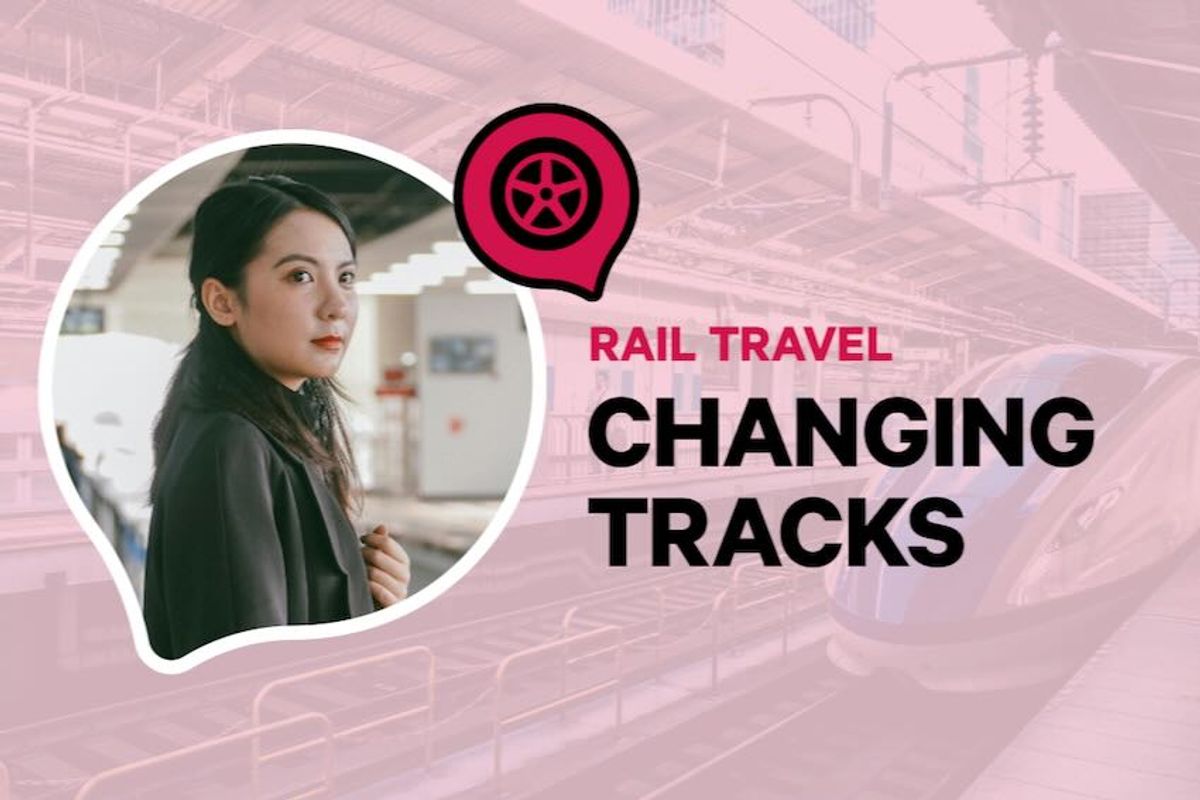Changing tracks

Putting policy into practice
At the GBTA Europe conference in Copenhagen earlier this month, Jenny Sabineu, senior manager, travel (EMEA/LATAM) and sustainability at Salesforce, described her company’s achievements in rail adoption, but conceded that “it’s difficult to get the perfect mix in the OBT for rail, with duty of care, cost, emissions and traveller experience all part of the equation.”
A “first stab” at ramping up rail use among travellers saw Salesforce “strongly encourage” employees travel by train for journeys of up to 300 miles as long as it added no more than two hours to the journey time. “We programmed nudges into our OBT on those applicable routes and saw a bit of a shift over a couple of years but it wasn’t enough,” said Sabineu.
So in June this year Salesforce passed its first policy requirement, stipulating 35 routes globally where employees should take the train, including city pairs in Europe and the North East US. “The US is actually winning in terms of conversion,” said Sabineu, with 90 per cent of trips between Boston and New York now made by train. Overall, of its top ten routes globally, rail travel now accounts for 52 per cent of trips, up from 42 per cent a year ago.
“We’re seeing massive growth because we connected with the right operators, got all the content we could into our OBT, and made it policy,” she explained, adding that challenges nevertheless remain. “There’s not a true procurement process for rail. In many markets there’s only one operator so there’s no competition to even have an RFP and it’s difficult to find a rail operator who’ll give you an account manager, let alone a discount. In every other vertical we have account managers to tell us about their products, educate our travellers, and help us work better together.”
Salesforce is not alone in its modal shift achievements. BTN Europe has also documented the success stories of Parexel, EY, AstraZeneca, with first class rail travel often the carrot dangled in front of travellers to help drive adoption. Something they all have in common with Salesforce is the backing of a strong policy and the identification of specific routes where rail should be the default choice.
Although corporates often state that rail content is rarely displayed alongside air travel in booking tool search results, some commentators argue that without strong policy to back up greener decisions, it’s a moot point.
“In this day and age, a good OBT will, as a baseline, show you air and rail on the same page,” says Raj Sachdave, managing partner at consultancy Black Box Partnerships, adding, however, that “rail is rarely on a level playing field when being compared with air in booking tools.”
He argues that travellers are not provided with sufficient information at the point of sale to convince users that rail is a practical or viable option and, therefore, that employers shouldn’t expect organic rail adoption among travellers.
“The logic of OBTs is fundamentally flawed. If your policy is based on fastest time or cheapest fare, you’re unlikely to see rail at the top of search results,” says Sachdave. “But with a flight, what about the two hours spent at the airport before your flight takes off and the 45 minutes spent disembarking? Include that and suddenly that trip looks a lot longer.”
The answer, he says, is the display of “real-world journey times” in booking tools that incorporate the end-to-end airport experience, not necessarily by default but as a sustainability feature which corporates could switch on.
“It’s not difficult to do and corporates could turn it on for selected city pairs. Do it for Berlin-Basel, Paris-Milan, London-Edinburgh… suddenly rail is on a level playing field with air. We need to challenge the industry to talk about real-world journey times, not just the published flight time,” says Sachdave.
Brett Ring, VP commercial at SilverRail, sees the same challenge, but brings pricing into the debate too.
“Air and rail don’t really compare very well because of journey times and because of pricing,” he says. “Rail is city centre to city centre and you’re not wasting time at an airport, but that’s not reflected in booking tools. The other thing that puts rail at a disadvantage is that the price you see in the search results is the price you pay, but for air you’re often only getting the base fare and there can be a multitude of added costs.”
Related
Brits forced to pay fee to visit these 30 countries…
UK tourists will be required to pay a fee to visit 30 countries in Europe under new European Union (EU) travel rules.The rules mean British holidaymakers will n
The beautiful European island with just 148 locals
Irakleia is a beautiful island in the Minor Cyclades of Greece, nestled in the heart of the Aegean Sea and just an hour away from Naxos. Officially recorded t
Warning issued for Brits flying easyJet and Ryanair to popular…
Passengers flying with Ryanair, easyJet and British Airways should expect disruption (Picture: Urbanandsport/NurPhoto via Getty Images) Passenge










